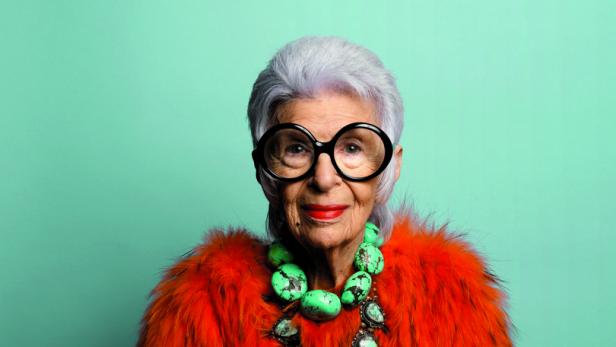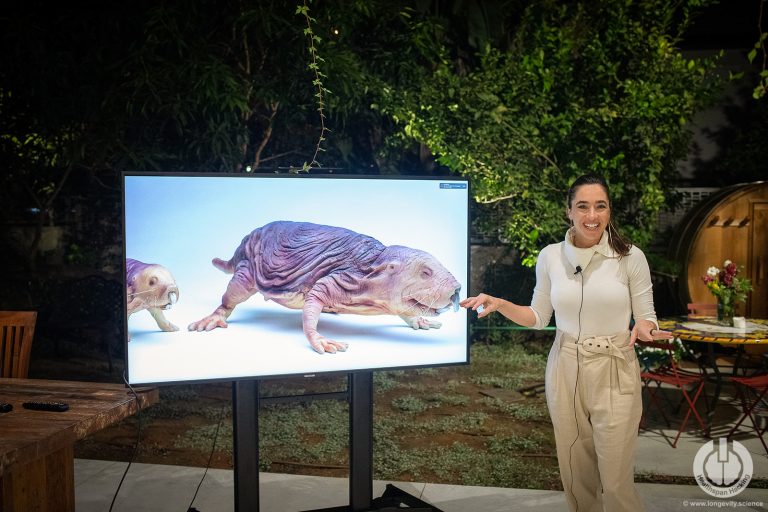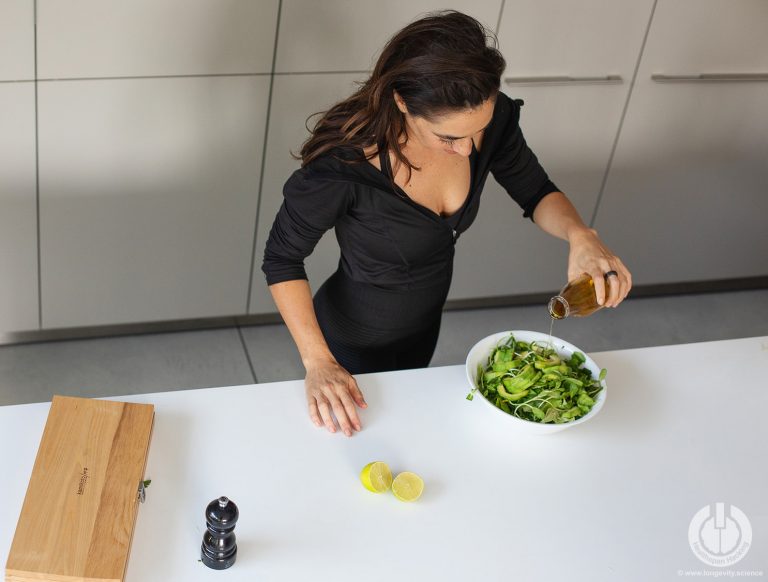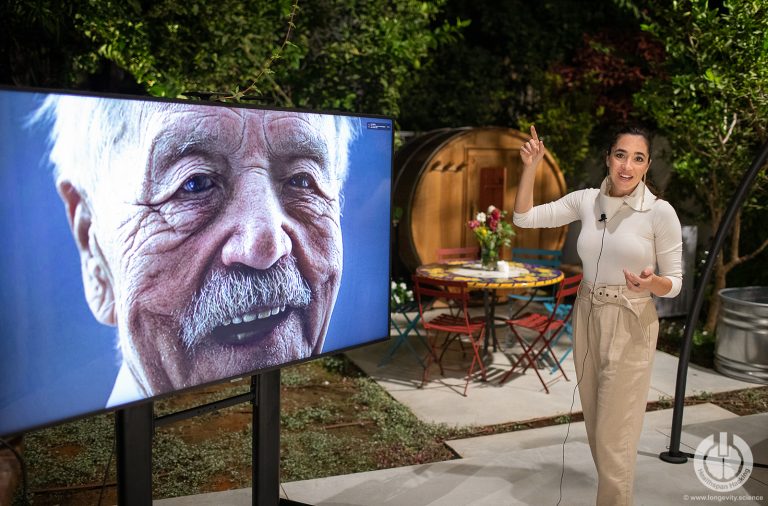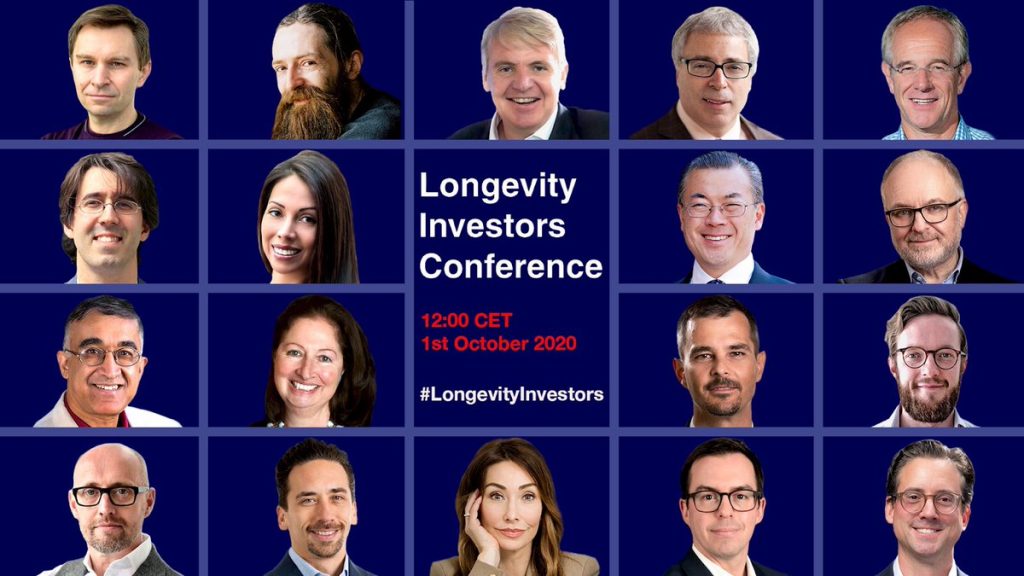In the first three instalments of this series put forward a compelling case for a total paradigm shift when it comes to again. By transform our approach from sick care to preventative healthcare, we may be able to realize more life in out years as we grow older. In this final instalment, we focus in on the potential health spanning effects of regenerative medicine.
The Promise of Regenerative Medicine
Time seems to take a particularly heavy toll on the eyes, even with the healthiest of super-agers. The main reason is age-related Macular Degeneration (dry AMD). Dry AMD occurs when the light-sensitive cells in the macula of the eye break down due to the death of a supporting cell type called retinal pigment epithelial cells (RPE). Dry AMD impairs vision and it is the leading cause of blindness in people over age 60.
There are currently no approved therapies for dry AMD.
But, what if we could introduce the missing cells into the subretinal space? Would cells from an external source be able to halt the progress of AMD?
Regulatory clearance from the FDA and the Israeli Ministry of Health was recently granted in order to initiate a clinical trial to see if this hypothesis is true. OpRegen, one of the therapies offered by the Cell Cure – a subsidiary of the the publicly traded biotech company BioTime – is being developed in Jerusalem, by Benjamin Reubinoff, M.D., Ph.D. The Israeli Innovation Authority awarded in 2016 a grant of $2.2 million to help finance the development of OpRegen.
OpRegen is just one example where regenerative medicine utilizes advances in stem cell biology, biologics, biomaterials, lab-generated cells to work wonders in the body. We’ve made incredible progress in medicine. The revolution of providing healthy cells and tissues to complement the regenerative capacity that the body loses due to an illness, or altogether replace a failing organ may offer a real cure, rather than merely treat the symptoms of a disease.
What does this have to do with healthy longevity?
We are born with a built-in capacity to repair tissues and organs to restore normal function. Through our lifespan, we experience changes in regenerative abilities, and during aging, numerous tissues exhibit a progressive decline in homeostasis that results in degeneration, malfunction and pathology. Making healthier personal lifestyle choices, the occasional fast, and other longevity practices may help slow down this process but it can’t altogether stop it. At some point cell senescence goes into higher gear and damage that we are no longer able to repair starts accumulating. This is where regenerative medicine could come in very handy.
What Next?
A person’s healthspan is the length of time that the person is healthy—not just alive. The term was officially added to Mirriam Webster Dictionary in March of 2016.
Now, let’s remember the idea of doubling longevity, mentioned in our first article. But this time, let’s separate between years added to life (extended lifespan) and healthy years added (healthspan).
What do you think has been the most significant contributor to extending our healthy longevity over the last century and a half? Many believe it’s medicine but, surprisingly, it’s not. It’s hygiene and sanitation. So far, it is the ultimate healthspan technology. It has increased both lifespan and health at the same time, not by curing illness but by preventing it.
The 4 Ps of Future Health
Is it possible that we might, at some point in the future, reach a scientific breakthrough in understanding aging or invent another technology that will further extend both human longevity and health on a global scale?
Interestingly enough, we may have already discovered or invented it. It may be applying insights from the Blue Zones to modern life, or a personalized diet based on nutrigenomics, the key could be preventative early detection based on DNA predisposition tests, or it may be regenerative stem cell therapy.
Probably, it’s a mix often referred to as the 4Ps of the future of health: personalized, predictive, preventative and participatory.
The sad reality is that we are not moving nearly fast enough to explore this direction in time to save more people from falling into the chronic illness trap. The focus of medical research and healthcare systems today is treating illnesses. Earlier this year at the Undoing Aging Conference this was recognized as one of the leading obstacles we face in closing the lifespan-healthspan gap. Undoing Aging, founded by Aubery De Grey of SENS Research Foundation, is a gathering of healthy longevity scientists, investigators and thought leaders to discuss the future of healthcare and how to accelerate rejuvenation therapies.
Systemic Challenges
Take regenerative medicine. Today, to benefit from the regenerative medicine revolution you must first be diagnosed with an illness that is listed on the WHO International Classification of Diseases. We know that biological aging is the driving force behind multimorbidities of older age. But, biological aging is not classified as a disease. That means, we must first allow senescence to run havoc in the body before we can offer any intervention or therapy.
In a similar way to the application of OpRegen to slow down Age-related Macular Degeneration, regenerative medicine may be applied to the systemic gradual degenerative process that occurs in the body as part of normal biological aging. But for now, we must allow aging to progress to a degree that symptoms are acute enough as to be classified as a disease before regenerative medicine can be offered.
Maintaining full bodily and mental function as long as possible (and as close as possible to the end of life), should be our next gerontological goal. Right now, the main barrier is not scientific or technological, it’s that we practice “sick-care” rather than true healthcare. Much of the healthcare infrastructure, the training of physicians, and other health professionals, therapeutic processes and procedures, not to mention insurance, is geared to curing a contagious illness that derives from a single cause or treating an injury or an acute medical event like a stroke.
The Challenge Ahead
A system-wide change of mindset, infrastructure, training and compensation is required if we are to address the chronic illnesses that are today’s health reality. We must shift from putting out symptomatic fires to prevention, to systemic investigation and getting to the root causes of illness, and to regeneration.
Hygiene and sanitation have given us the first doubling of healthspan through disease prevention. Personalized, predictive, preventative and participatory healthcare may give us the second healthspan breakthrough, but only if we apply it early enough in life. The health outcome we need to start measuring is age related disease prevention. Aiming towards lengthening healthspan may be imminent, but only if we first let go of the idea that ill health in old age is an inevitable part of life.
For Part Three: Is Living a Long Healthy Life Luck of the Draw? CLICK HERE
For Part One: Is Living a Long Healthy Life Luck of the Draw? CLICK HERE


